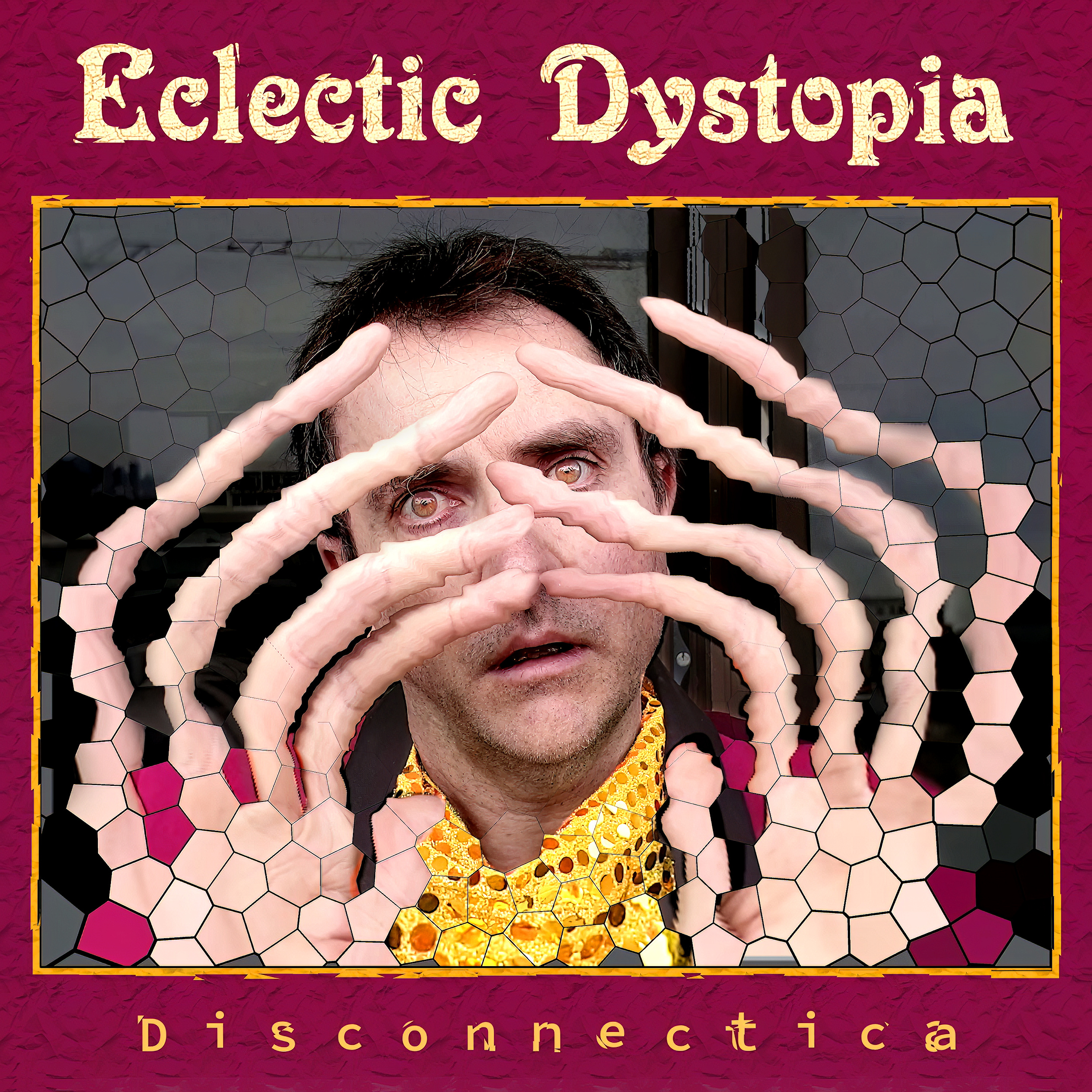
Q: Hi! “GUITARWORKS” features a unique blend of Americana and other diverse musical influences. How did you decide on this eclectic mix, and what inspired the inclusion of tracks like “Topanga Canyon”?
A: The music really decided upon me, in other words I didn’t set out with a master plan to do an experimental guitar album. It really comes down to entering a flow space where the music comes together naturally. Then quite suddenly you have a series of experimental compositions, that begin to form the framework for an album, which is always a pleasant surprise. The entire album is a series of fragments that are loosely combined and recombined in hopefully unexpected ways.
“Topanga Canyon” just felt right to me as the second track.
Q: Your artistic approach in “GUITARWORKS” seems deeply influenced by your love for the visual arts. How does this visual element translate into the soundscapes and textures in the album?
A: Great question, and it’s one that’s difficult to answer. I do think the music is highly visual, there are lots of colors, textures, and subtle nuances floating around. You can certainly visualize a variety of landscapes or experiences while you are listening to it. That’s what music is supposed to do, to transport you and take you to different places in your mind.
Q: “Ascension” has been described as a track that challenges the concept of stillness. Can you elaborate on the creative process behind this track and how it reflects the theme of constant motion?
A: The album begins with “Ascension” because I thought it was a nice introduction to the album. This notion of stillness you describe might be because the guitar melodies start to take off, then they are pulled back into silence, and the song begins again, as a refrain, with short periods of stillness, cycling back to the beginning. Then the sequence is reversed and mirrored, so it ends where it started.
Q: The album has been noted for its circularity, where the destination and point of departure merge. How does this concept play out across the album, and why was it important to the album’s narrative?
A: Theres this famous quote from Heraclitus “No one ever steps in the same river twice, for it’s not the same river and there not the same person.” I’ll leave it there.
Q: “Martian Daydreams” stands out as an epitome of the album’s wonders. Could you discuss the inspiration behind this track and how it captures the album’s essence?
A: It’s difficult for me to judge the most beautiful piece on the album, but it might very well be the most touching. A series of reversed guitars are the underpinning of the piece, then a series of riffs are overlaid upon it, they build up and fade out, ending once again with the reversed guitars. This piece reinforces once again what you refer to as circularity, ending where it starts.
Q: The presence of voices in tracks like “Luminescent” and “Volk Folk” adds a distinct human element to the album. What role do these vocal elements play in the overall thematic structure of “GUITARWORKS”?
A: I love working with abstract vocal choirs, they add a level of depth, which I can only describe as adding a mystical or a sublime feel to these two songs. Vocal choirs are embedded in our deep mind as being profound or part of magical listening experiences.
Q: The album has been described as a journey through physical melodies and transcendent images. How did you approach the composition of these melodies to ensure they translated into the physical forms you envisioned?
A: That’s a very nice compliment, thank you. Most of the songs came together very quickly, which I always see as an important sign, they are a channeling of the subconscious I believe. They are not heavily worked over (meaning I don’t go back in and add a bunch of overdubs), they are not intensely processed or manipulated. They have an immediacy to them I hope that translates to the listener. They are finished when they “feel” right to me.
Q: “GUITARWORKS” appears to explore themes of connectivity and universality. Can you talk about the thematic choices you made to express these ideas musically?
A: That’s good, one hopes that their music has a universal appeal. I tend to think of the album as an ambient soundtrack, that you can listen to and let thoughts, imagery, and memories wander in and out. You can listen to it at barely perceptual levels, in the background, or listen at normal levels and hear different aspects of the music on repeated listens. Brian Eno talks about this often, so I defer to him.
Q: The track “Constellations” is noted for its distorted hymns of the night. What was the inspiration behind this track, and how does it fit within the album’s broader narrative?
A: Yes, I suppose the music does take a darker turn at this point, I think of the album as a soundtrack for an imaginary film, so there are inevitably some surprising twists and turns. I think “Trepidation” is a darker piece, there’s more tension in it.
Q: Finally, “GUITARWORKS” is described as a balance between life and death, warmth, and threat. How do you hope listeners will interpret and connect with these contrasting themes in the album?
A: Really? Certainly, it’s not New Age music. Isn’t everything a balance between dark and light, life, and death? In all seriousness, as an artist all you can hope for is that an album holds up to repeated listens and continues to evoke a deeper emotional response each time.






